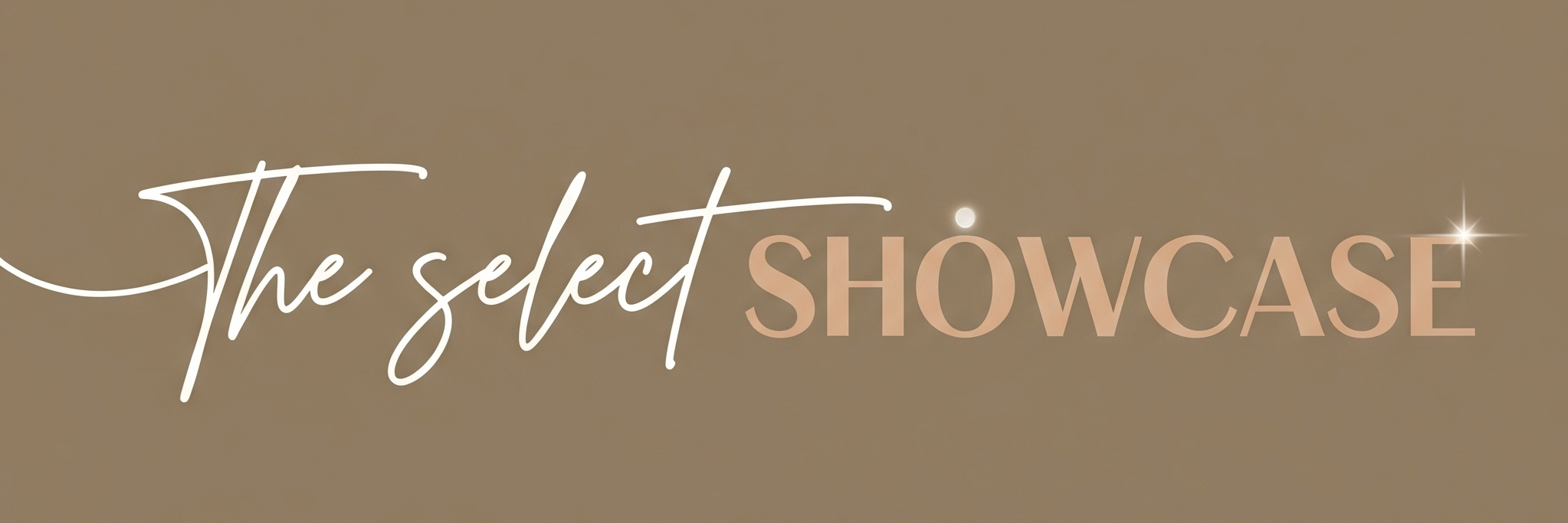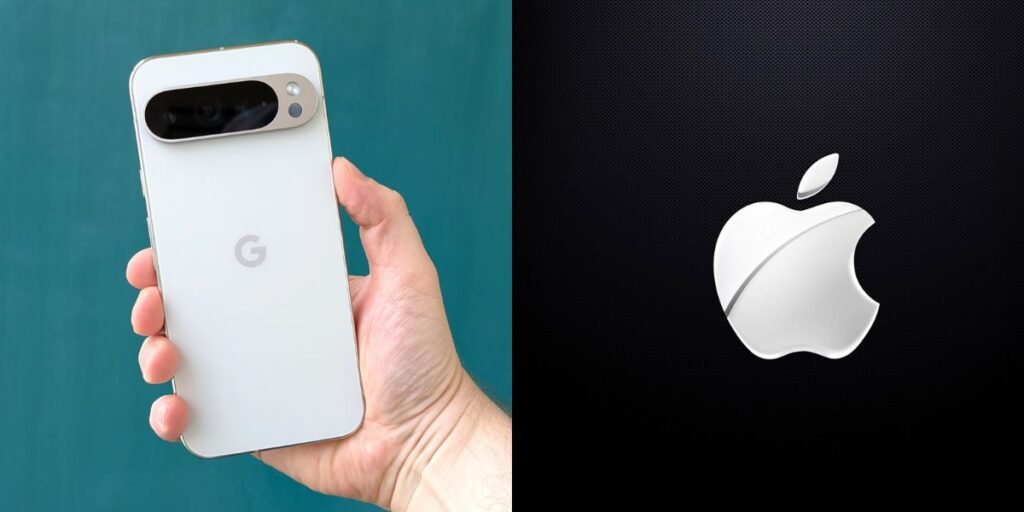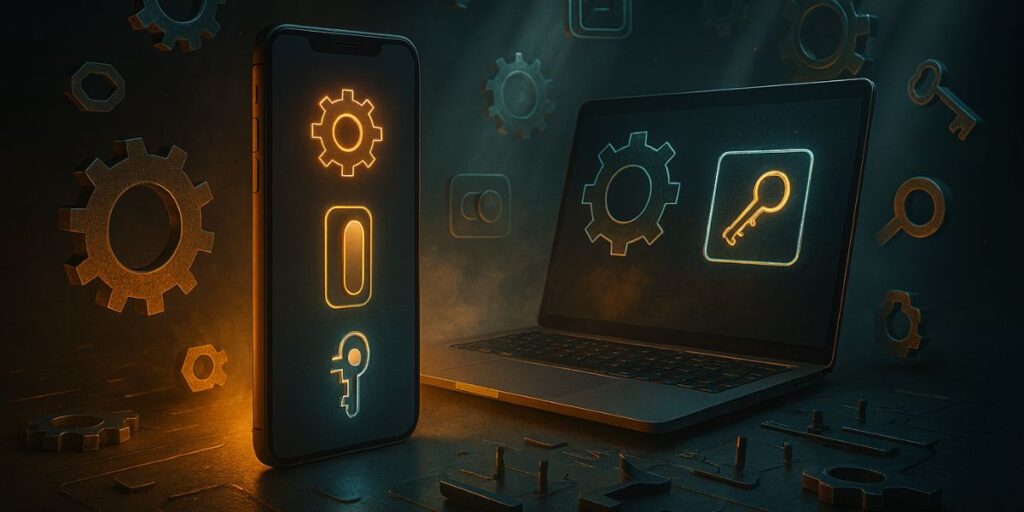Every September, tech lovers around the world mark their calendars for what feels like the Super Bowl of innovation. Apple and Google — two titans of consumer technology, unveil their latest creations, setting the tone for the next year of digital life. Whether you’re a die-hard iPhone user, a Pixel purist, or just someone who loves seeing what’s next, September tech launches are more than product reveals, they’re cultural moments.
This year’s September tech launches have been especially revealing. Apple’s iPhone 17 Pro Max and Google’s Pixel 9 Pro aren’t just incremental upgrades, they’re statements about where each company believes the future is headed. From AI-powered photography to satellite connectivity, the battle isn’t just about specs anymore. It’s about vision.
Apple’s September Launch: Precision Meets Ecosystem
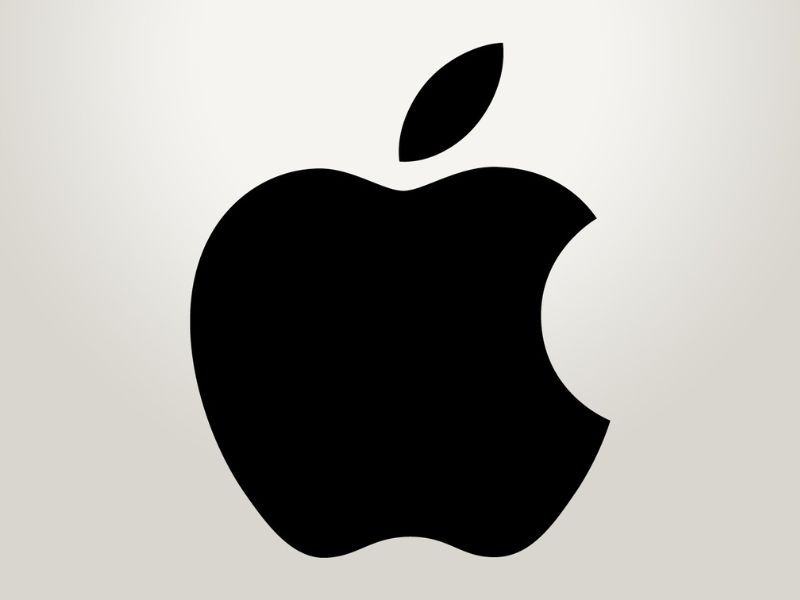
iPhone 17 Pro Max: Titanium, Tactile, and Tethered to AI
Apple’s flagship this year is a masterclass in refinement. The iPhone 17 Pro Max introduces:
- A titanium frame that’s lighter yet stronger
- A periscope-style telephoto lens with up to 6x optical zoom
- On-device generative AI for photo editing and Siri enhancements
- Satellite messaging for emergency and off-grid communication
Apple’s approach is clear: enhance the experience without overwhelming the user. The AI features are subtle, like auto-cropping photos based on composition rules or summarizing messages in Siri, but they’re deeply integrated.
Real-life analogy: Apple’s AI is like a Michelin-star chef, you don’t see the work, but you taste the perfection.
🧩 Ecosystem Lock-In: The Invisible Advantage
Apple also launched:
- AirPods Pro 3 with adaptive audio
- Apple Watch Series 10 with blood pressure tracking
- VisionOS 2 for its spatial computing headset
Each product reinforces the others. The iPhone knows when your AirPods are in. Your Watch syncs health data to your phone. VisionOS lets you drag files between virtual screens. It’s not just hardware, it’s harmony.
Google’s September Launch: AI First, Everything Else Second
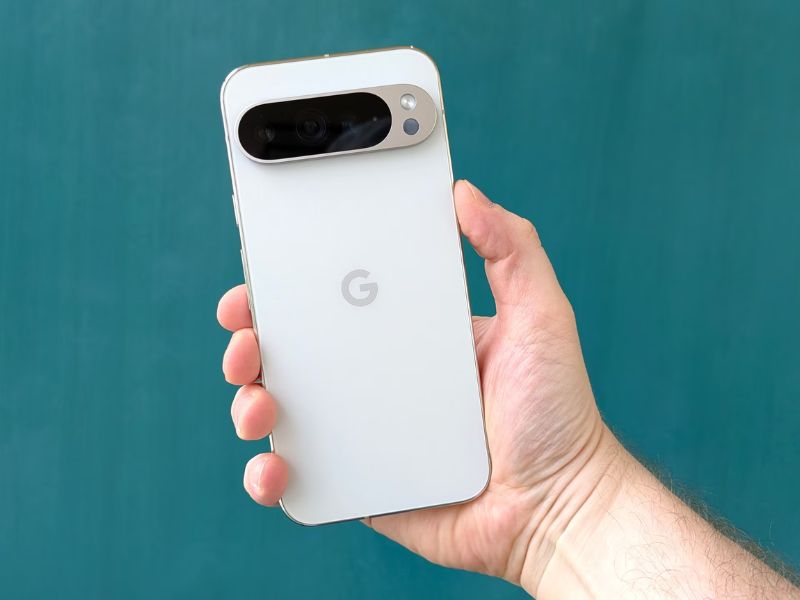
Pixel 9 Pro: The Smartest Camera Ever?
Google’s Pixel 9 Pro is unapologetically AI-driven. Highlights include:
- Photo Unblur 2.0 — removes motion blur even from old photos
- Magic Editor — lets you move objects, change skies, and reframe shots
- Gemini Assistant — Google’s new AI that replaces Google Assistant
- Thermal sensor — yes, it can detect temperature
Google isn’t chasing Apple’s polish, it’s chasing possibility. The Pixel camera doesn’t just capture reality; it reshapes it.
Real-life analogy: Google’s AI is like Photoshop with a brain, it knows what you want before you do.
Android 15 and Beyond: Open, Adaptive, and AI-Infused
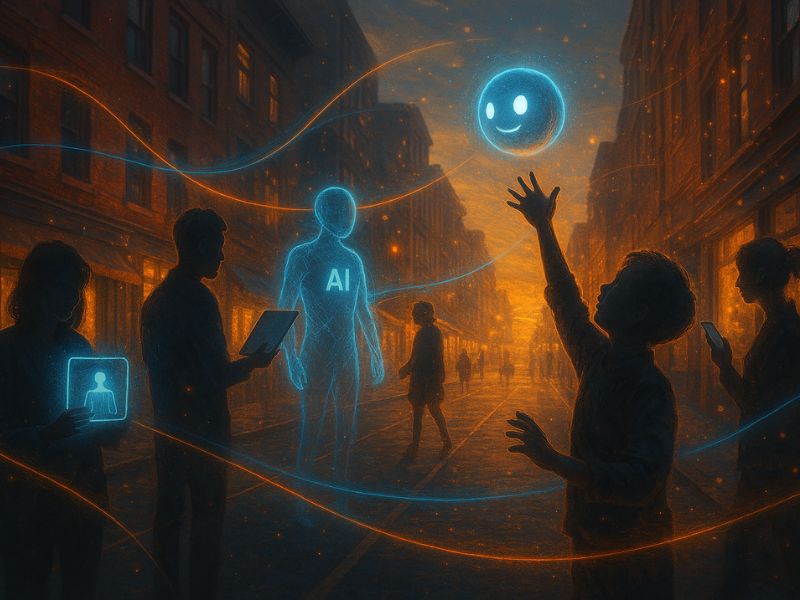
Google also rolled out:
- Android 15 with better battery management and satellite support
- Wear OS 5 with deeper Fitbit integration
- Pixel Buds Pro 2 with real-time translation
Unlike Apple, Google’s strength lies in openness. Android 15 is already running on phones from Samsung, OnePlus, and Xiaomi. Its AI features are modular, developers can plug them into apps, websites, and even cars.
What This Means for Tech Lovers
AI Is No Longer Optional — It’s the Core Experience
Whether it’s Apple’s on-device summarization or Google’s Magic Editor, AI is now the interface. It’s how we interact with photos, messages, and even our surroundings.
Satellite Connectivity Is the Next Frontier
Both companies introduced satellite messaging, a sign that smartphones are becoming survival tools. Expect this to expand into navigation, weather alerts, and even decentralized internet access.
Ecosystems Will Define Loyalty
Apple’s ecosystem is like a luxury hotel, everything works, but you stay inside. Google’s is like a tech bazaar — open, chaotic, but full of possibilities. Your choice depends on whether you value control or customization.
Tutorials & Walkthroughs: What You Can Try Today

Try Google’s Magic Editor
- Open Google Photos
- Select a photo
- Tap “Edit” → “Magic Editor”
- Move objects, change backgrounds, or reframe the shot
Use Apple’s AI Summarization
- Ask Siri: “Summarize my unread messages”
- Works with iMessage, Mail, and Notes
- Requires iPhone 17 Pro or newer
Test Satellite Messaging
- Go to Settings → Emergency SOS
- Enable Satellite Messaging
- Try sending a test message in airplane mode
FAQ
Q: Which phone is better for photography — iPhone 17 Pro Max or Pixel 9 Pro?
A: Pixel 9 Pro offers more creative control with AI tools, while iPhone 17 Pro Max delivers more natural, cinematic results. Choose based on your editing style.
Q: Is satellite messaging free?
A: Both Apple and Google offer limited free emergency messaging. Full features may require a subscription in future updates.
Q: Can I use Gemini Assistant on non-Google phones?
A: Yes, Gemini is rolling out to Android 15 devices and will be available via the Google app on iOS soon.
Q: Will Apple ever open its ecosystem?
A: Unlikely. Apple’s strength lies in tight integration. However, they’ve made small steps, like supporting RCS messaging in iOS 18.
As Apple and Google unveil their visions for the future, September tech launches have become more than product showcases, they’re philosophical declarations. Apple leans into elegance, privacy, and ecosystem synergy, while Google pushes boundaries with AI-first features and open innovation.
Final Word
For tech lovers, this isn’t just a choice between two phones; it’s a choice between two digital lifestyles. Whether you crave seamless integration or radical customization, this September proves that the future of tech is deeply personal. With all these features from these mega brands, you should also get your hands on nano banana ai. This will take your experience to a next level.
Looking ahead, the real story isn’t just about specs, it’s about how these devices reshape our relationship with technology. From AI assistants that anticipate our needs to satellite messaging that keeps us connected off-grid, the tools we carry are becoming smarter, more intuitive, and more essential. As September tech launches continue to evolve, staying informed isn’t just exciting — it’s empowering. Because in this era of rapid innovation, the best tech lovers aren’t just consumers. They’re curators of the future.
